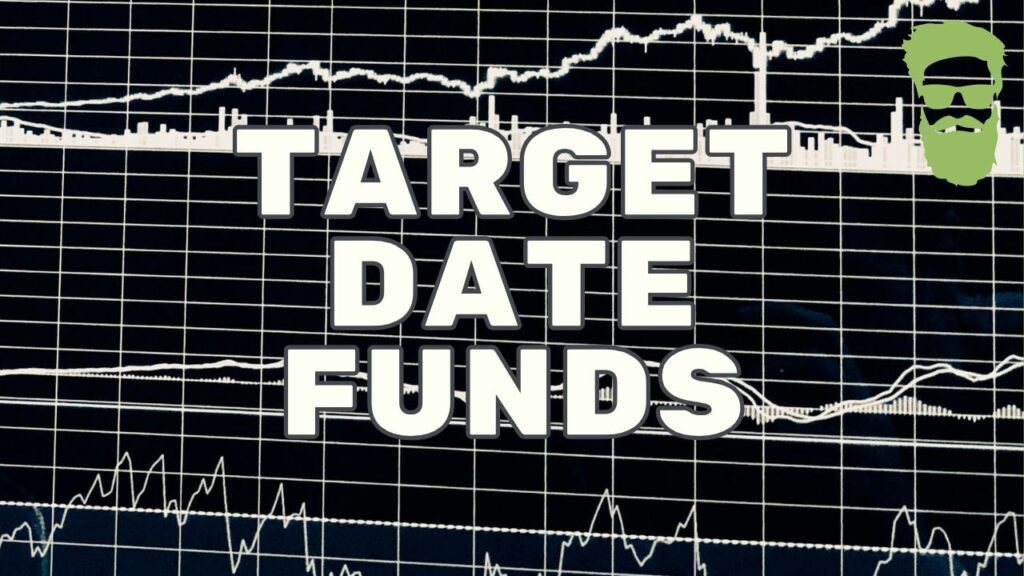More information about this Exchange Traded Fund (ETF) is in its prospectus. Before investing, assess how the ETF aligns with your portfolio and risk tolerance. Remember that the value of ETFs can fluctuate, meaning you might lose money. They do not offer guarantees, and you may not recover the full amount of your investment. Additionally, purchasing or selling ETF units may incur commission fees, which can vary between brokerage firms. ETF market prices can also experience higher volatility, especially during the opening and closing of trading sessions. Even ETFs rated as low-risk may experience losses under certain market conditions. Always consider these factors carefully when making investment decisions.
HMAX ETF Review
Hamilton Canadian Financials Yield Maximizer ETF (HMAX) is designed for attractive monthly income while providing exposure to a market cap-weighted portfolio of Canadian financial services corporations. To reduce volatility and augment dividend income, HMAX will employ an active covered call strategy and does not use leverage. HMAX is designed to provide higher monthly income from Canada’s 10 largest financial services companies while employing an active covered call strategy.
- Exposure to Canada’s largest banks and financials with approximately a 75% weight in the ‘Big-6’ banks
- Active covered call strategy to enhance monthly income and reduce volatility
- About 50% of at-the-money calls are used to generate higher income
- Seek regular (monthly) dividend income with long-term capital growth
- Want a levered exposure (~125%) to a portfolio of Canadian bank equities
- Are comfortable with high investment risk



HMAX ETF Holdings
The top 10 holdings account for 100.0% of the total fund which consists of 20 diversified investments.
| Ticker | Name | Weight |
| RY | Royal Bank of Canada | 22.6% |
| TD | Toronto-Dominion Bank | 17.6% |
| BN | Brookfield Corp | 11.2% |
| BMO | Bank of Montreal | 10.8% |
| BNS | The Bank of Nova Scotia | 9.7% |
| CM | Canadian Imperial Bank of Commerce | 7.3% |
| MFC | Manulife Financial Corporation | 7.1% |
| SLF | Sun Life Financial | 5.1% |
| IFC | Intact Financial | 4.9% |
| GWO | Great-West Lifeco | 4.7% |
Is HMAX a Good Investment?
Quickly compare this ETF to other funds by fees, performance, yield, and other metrics to decide which investment fits in your portfolio.
| Manager | ETF | Name | Risk | Inception | AUM | MER | Distributions | Volume | Spread | Holdings |
|---|---|---|---|---|---|---|---|---|---|---|
| BMO | ZWB | BMO Covered Call Canadian Banks ETF | Medium | 2011-01-28 | $3,198,850,000 | 0.71% | Monthly | 573,141 | 0.07% | 41 |
| Evolve | BANK | Evolve Canadian Banks and Lifecos Enhanced Yield Index Fund | Medium to High | 2022-02-02 | $307,903,000 | 2.16% | Monthly | 106,298 | 0.18% | 10 |
| Hamilton | HCAL | Hamilton Enhanced Canadian Bank ETF | High | 2020-10-14 | $609,200,000 | 2.16% | Monthly | 174,931 | 0.07% | 1 |
| Hamilton | HMAX | Hamilton Canadian Financials YIELD MAXIMIZER ETF | Medium | 2023-01-20 | $1,037,600,000 | 0.71% | Monthly | N/A | N/A | 20 |
HMAX vs HDIV
HDIV is the better performing, older and more diversified ETF than HMAX which is less expensive, more popular and higher-yielding. Both funds have monthly dividend distributions.
HMAX vs HCAL
HCAL is the better performing, older ETF than HMAX which is less expensive, more popular, higher-yielding. Both funds have monthly dividend distributions.
HMAX vs ZWB
HMAX is the better performing, more popular and less expensive ETF than ZWB which is higher-yielding. Both funds have monthly dividend distributions and similar diversification.
HMAX vs UMAX
HMAX is the better performing, less expensive, more popular and higher-yielding ETF than UMAX which is more diversified. Both funds have monthly dividend distributions.
HMAX vs BKCL
HMAX is the better performing, less expensive, more popular, more diversified and higher-yielding ETF than BKCL which uses leverage. Both funds have monthly dividend distributions.
HMAX vs BANK
BANK is the better performing ETF than HMAX which is less expensive, more popular and higher-yielding. Both funds have monthly dividend distributions and similar diversification.
How Often Does HMAX Pay Dividends?
HMAX distributions are disbursed every month either in cash or, if the investor has opted for a dividend reinvestment plan (DRIP), reinvested into additional units of the ETF. HMAX has a target yield of +13%, more than most ETFs. Yields are abnormally high due to covered call options to generate income and help offset volatility.
Conclusion
To assess risk, you can examine an ETF’s volatility, which measures how much its returns fluctuate over time. ETFs with higher volatility typically experience greater swings in returns, increasing both the potential for higher gains and the risk of losses. Conversely, ETFs with lower volatility tend to have more stable returns, often with lower risks and returns. However, even a low-risk ETF can lose value under certain market conditions.
When trading ETFs, it’s essential to understand the bid, ask, and bid-ask spread. The bid represents the highest price a buyer is willing to pay for ETF units, while the ask is the lowest price a seller is willing to accept. The bid-ask spread is the difference between these two prices. A narrower spread generally indicates higher liquidity, meaning you’re more likely to execute trades at expected prices.


